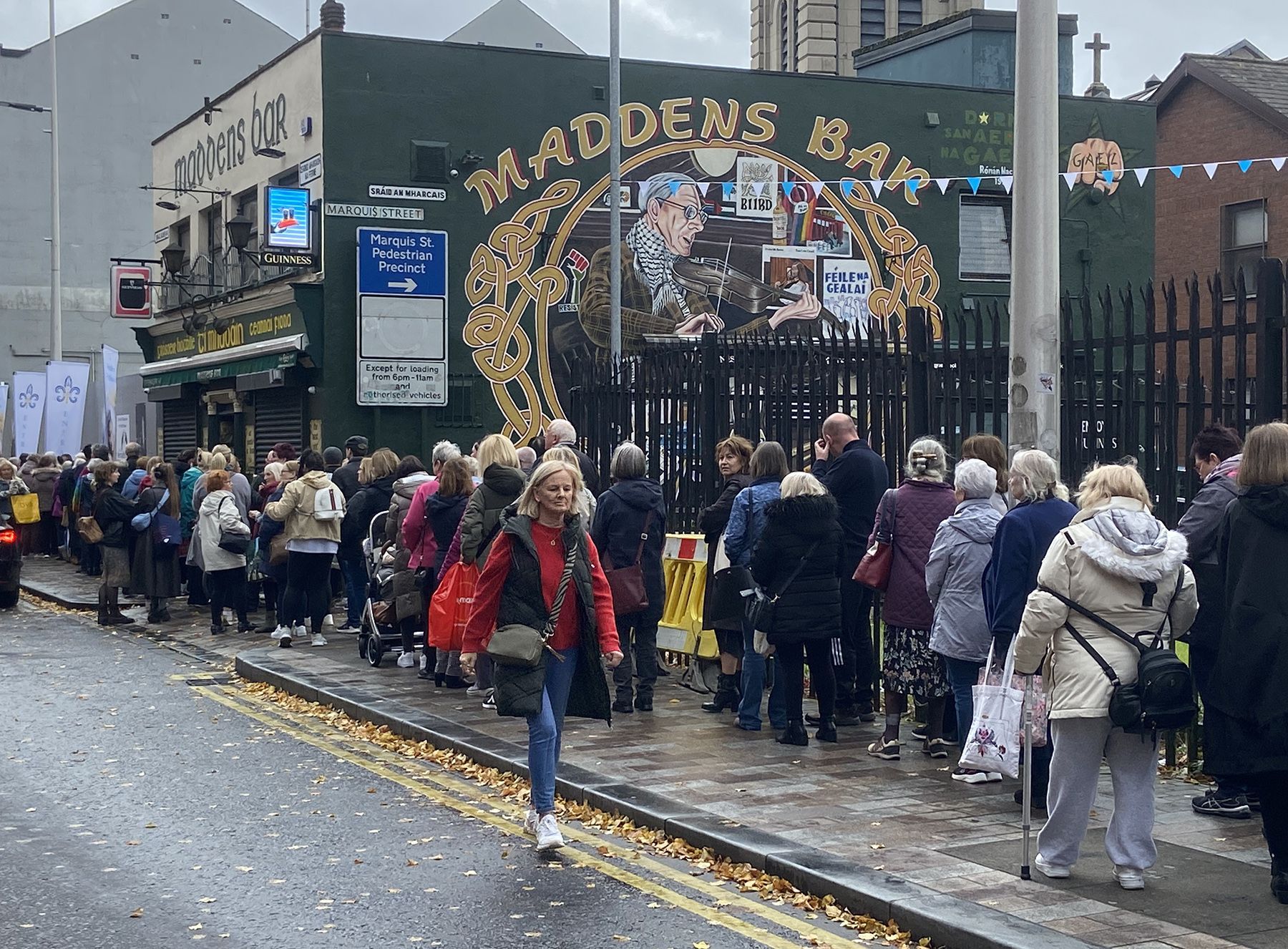WHEN the Church is in trouble it is not beyond it to resort to trickery in order to fool its members and retain power. In the nineteenth century, the Church was losing massive support from the local population in the west of Ireland and beyond. The people had endured the ravages of famine and were now facing evictions and crippling rent increases from the same landlords who had created the famine.
And not only did the leading hierarchy support the landlords, but their senior clergy condemned from the pulpit the Fenian revolutionaries and the Land League who were successfully organising massive resistance throughout the country.
The battle for the hearts and minds of the people between the Church and the revolutionaries came to a head in August of that year when a well-known Fenian, Martin Currie from Belcarra in County Mayo, was refused the last rites of the Church on his deathbed because he refused to renounce his membership of the Fenians and his revolutionary activities. The public outcry which followed was compounded when Archbishop Bartholomew Cavanagh, the Parish Priest of Knock, publicly castigated the Fenians, the Land League and their leaders from the pulpit during Sunday Mass.
He used such incendiary language that a massive protest occurred in response outside the church later on in the same evening.
The apparition that the Church contrived in response to this occurred the following Thursday and was probably directed by Kavanagh himself. Three figures from heaven were alleged to appear outside the church and remain there in the driving rain for four hours in a silent drama that attracted a crowd that had gathered from miles around. But no clergy appeared to investigate or witness the scene, including Kavanagh himself who was known to be at home in proximity to the church and who was informed about the alleged spiritual visit from Our Lady, St Joseph and John the Baptist.
But the trick was successful and it swung the battle for the hearts and minds of the population in favour of the Church. And one hundred and forty-five years later, people are still being fooled by that infamous deceit.
In 19th century France it seems that no such extremes were necessary. A young woman from Lourdes who obviously suffered from serious mental health issues made fantastic claims which the Church used to fool its members.
As in Knock, the legacy and memory of this deceit still endures two centuries later, as aptly illustrated by the lengthy crowds at St Mary’s during the exposition of the St Bernadette relics. But this is the 21st and not the 19th century and not everybody is fooled.
Jack Duffin,
Belfast





